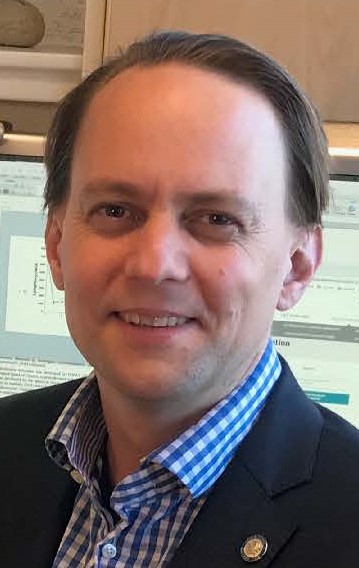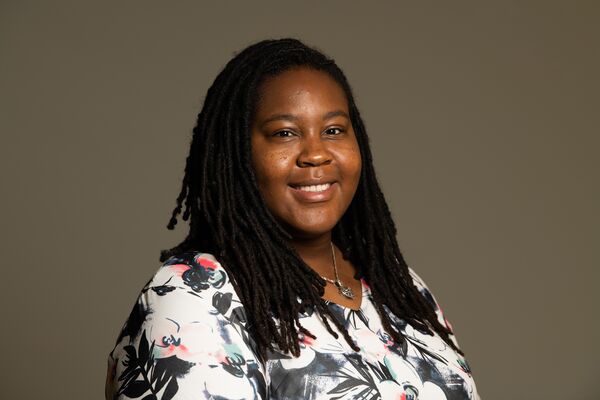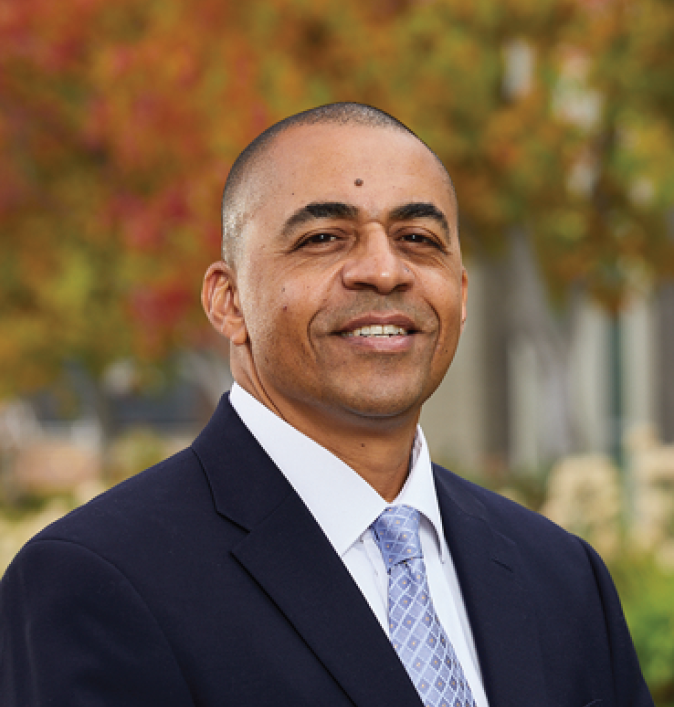Fall 2022 Colloquium
Multi-scale modeling of Radiation Therapy – Bridging the gap from Physics to Biology
SPEAKER: Jan Schuemann, Ph.D. (he/him/his) Associate Professor Associate Director of Physics Research Head of the Multi-scale Monte-Carlo Modeling Lab DATE/TIME: FRI, 11/18/2022 – 3:00PM TO 4:00PM LOCATION: Zoom Abstract: Modeling approaches offer a strong tool to understand mechanisms of complex processes, allowing us to probe correlations that are not accessible with experimental techniques. My lab…
Read MoreSafe Enough? The History of Probabilistic Risk Assessment and Nuclear Safety.
SPEAKER: Thomas Wellock Historian DATE/TIME: FRI, 11/04/2022 – 3:00PM TO 4:00PM LOCATION: 3105 Etcheverry Hall Abstract: Since the dawn of the Atomic Age, nuclear experts have confronted a deceptively simple question: When is a reactor “safe enough” to adequately protect the public? And, for 70 years, they have pursued a deceptively simple answer that quantified…
Read MoreLong-lived radionuclides from the Fukushima nuclear power plant in Japan, and consequences for Pacific ecosystems and seafood consumers
SPEAKER: Nicholas Fisher Distinguished Professor School of Marine and Atmospheric Sciences Stony Brook University, Stony Brook, New York DATE/TIME: FRI, 10/28/2022 – 3:00PM TO 4:00PM LOCATION: 3105 ETCHEVERRY HALL Fall 2022 Colloquium Series Abstract: After the Fukushima accident in March 2011, marine organisms, seawater and sediment were contaminated with both 134Cs and 137Cs that was…
Read MoreMulti-scale multi-physics requirements for space reactors
SPEAKER: Vedant K. Mehta, Ph.D. R&D Engineer DATE/TIME: FRI, 10/14/2022 – 3:00PM TO 4:00PM LOCATION: 3105 ETCHEVERRY HALL Fall 2022 Colloquium Series Abstract: Next-gen small nuclear reactors or microreactors are gaining significant attention due to their utilization extending to civilian, military, and space applications. A few of the unique features that distinguish these reactors from…
Read MoreThe SPARC Toroidal Field Model Coil and the high-field path to fusion energy
SPEAKER: Zach Hartwig The Robert N. Noyce Career Development Professor and Associate Professor of Nuclear Science and Engineering DATE/TIME: FRI, 10/07/2022 – 3:00PM TO 4:00PM LOCATION: Webinar Fall 2022 Colloquium Series Abstract: Recent advances in high field superconducting magnet technology have opened a pathway to achieving fusion energy on accelerated timescales that could enable fusion…
Read MoreOnline monitoring capabilities for harsh environments
SPEAKER: Shirmir D. Branch Chemist, Pacific Northwest National Laboratory DATE/TIME: FRI, 09/30/2022 – 3:00PM TO 4:00PM LOCATION: 3105 ETCHEVERRY HALL Fall 2022 Colloquium Series Abstract: The application of online monitoring to harsh environments, such as nuclear waste streams or molten salt reactors, presents the potential to enhance fundamental processes while significantly reducing operation cost, risk,…
Read MoreEmerging Applications in Materials Science and Advanced Manufacturing at Lawrence Livermore National Laboratory
SPEAKER: Manyalibo J. Matthews, Ph.D. Division Leader, Materials Science Division Lawrence Livermore National Laboratory DATE/TIME: FRI, 09/23/2022 – 3:00PM TO 4:00PM LOCATION: 3105 ETCHEVERRY HALL Fall 2022 Colloquium Series Abstract: The International Atomic Energy Agency (IAEA) defines severe accidents as “Accident conditions more severe than a design basis accident and involving significant core degradation”. Fukushima-Daiichi, Chernobyl,…
Read MoreAPT study of radiation-induced segregation ferritic/martensitic steels after irradiation with high-energy protons and spallation neutrons
SPEAKER: Yong Dai Laboratory for Nuclear Materials, Paul Scherrer Institute, Switzerland DATE/TIME: FRI, 09/16/2018 – 3:00PM TO 4:00PM LOCATION: 3105 ETCHEVERRY HALL Fall 2022 Colloquium Series Abstract: Ferritic/martensitic (FM) and ODS steels have been extensively studied in various fission and fusion material R&D projects around the world. These steels are also candidate structural materials for…
Read MoreApplying chemical biology to expand the range of actionable targets for nuclear medicine applications
SPEAKER: Dr. Michael Evans Associate Professor in Residence, Department of Radiology and Biomedical Imaging, Pharmaceutical Chemistry, UCSF DATE/TIME: FRI, 09/09/2022 – 3:00PM TO 4:00PM LOCATION: Webinar Fall 2022 Colloquium Series About the Speaker: Michael Evans, PhD, is an Associate Professor in Residence in the UCSF Department of Radiology and Biomedical Imaging. He is a…
Read MoreMaking Sense of Nuclear Infrastructure Risks in Ukraine
SPEAKER: Jake Hecla PhD candidate in the Department of Nuclear Engineering at the University of California DATE/TIME: FRI, 08/26/2022 – 3:00PM TO 4:00PM LOCATION: 3105 ETCHEVERRY HALL Fall 2022 Colloquium Series Abstract: The Russian invasion of Ukraine is the first war in which nuclear powerplants and waste management areas have been a major focus of…
Read More








